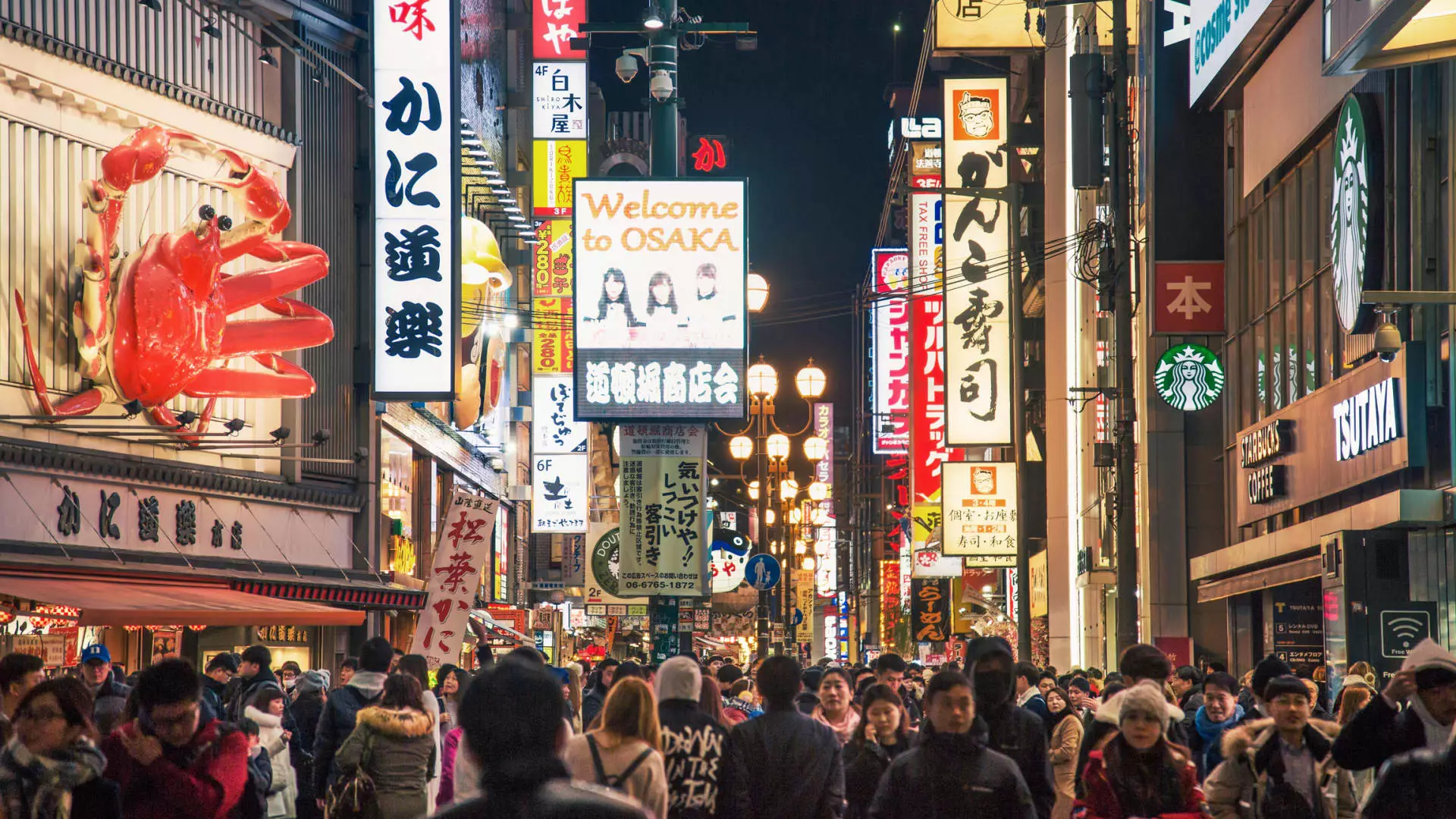As travelers set their sights on 2025, a significant concern looms over many would-be adventurers: the costs associated with their dream vacations. Recent data reveals that a staggering 51% of Americans will let flight prices dictate where they go in 2025, according to Skyscanner. The financial implications continue to influence decisions long-standing beyond what people might have anticipated. Hotel pricing is equally paramount, affecting about 50% of travelers. The current landscape shows that average travel expenses have risen, with airline fares surging by 8% and hotel costs climbing by 2% as reported by the consumer price index in December.
Yet, there’s a silver lining. Experts suggest that savvy travelers may discover the most favorable pricing by venturing abroad, with specific emphasis placed on the Asia-Pacific region. The latest analysis from Kayak indicates a 4% decrease in airfare for international destinations compared to 2024. A noteworthy observation is that nearly two-thirds of flight searches for 2025 are earmarked for international trips, marking a shift in travel trends.
In stark contrast to the international fare reductions, domestic flights are seeing a price hike—3% higher than last year, as indicated by Kayak’s findings. Moreover, Hopper reports a troubling 12% increase in January domestic airfare relative to the same month the previous year, predicting that these elevated costs are likely to persist until the mid-year mark. According to Hayley Berg, lead economist at Hopper, this means that the competing allure of cheap domestic flights experienced in previous years has subsided.
Travelers should consider that despite economy classes potentially being more wallet-friendly overseas, the initial price tags for international travel can still seem daunting. As referenced by Hopper, the average round-trip flight domestically rests around $300, while international destinations come with heftier pricing—approximately $685 to South America, $750 to Europe, and a significant $1,100 to Asia.
Spotlight on Deals: Specific Destinations Offering Exceptions
Amid this pricing climate, there are pockets of opportunity for keen-eyed travelers. Asia, which has consistently emerged as a competitive destination, is currently seeing airfare costs slide down significantly—lower than they have been in three years and down by 7% year-over-year. Popular Japanese cities like Sapporo and Osaka present attractive prospects, marked by strong search interest yet falling costs. Travelers appear increasingly eager for experiences in these locales, with average airfares dropping to $1,230 for Sapporo and $1,233 for Osaka, even as interest in visiting grows by over 30%.
In addition to airfares, hotel room rates in the Asia-Pacific area are predicted to decline by 11% in the first half of 2025. The overall improvement in travel dynamics can be attributed to airlines augmenting their routes and increasing seat availability while jet fuel prices show signs of relief, hinting at broader price adjustments in air travel.
Yet, the travel terrain is not uniform across the globe. While Asia is positioned as a burgeoning destination, traditional hotspots such as Paris, London, and certain parts of Asia will likely see robust demand, impacting hotel rates. Conversely, emerging destinations may present more attractive pricing options, especially during off-peak seasons.
The strength of the U.S. dollar against various foreign currencies adds another layer of consideration for travelers. Countries where the dollar stretches the farthest—Argentina, Japan, Mexico, Brazil, and Hungary—open doors for budget-friendly lodging and experiences.
However, navigating costs doesn’t have to be a daunting endeavor. Experts emphasize the importance of flexibility. Whether it’s being discerning about travel dates, choosing midweek flights instead of weekends, or exploring travel “dupes” (alternatives to popular destinations that offer similar experiences), travelers may unlock considerable savings.
In evaluating when to book, travelers should note that domestic flights are generally at their most economical when purchased roughly one to three months in advance. Conversely, international itineraries are best booked two to eight months ahead for optimal pricing. Waiting for last-minute deals can sometimes yield expenses that exceed typical prices, particularly for flights.
Hotels present a somewhat different landscape, as last-minute deals can occasionally emerge, albeit unpredictably. Here, leveraging loyalty programs or price-match guarantees offered by hotels can prove beneficial, often leading to better pricing than what’s available on third-party booking sites.
In this climate of fluctuating travel costs, relying on resources such as Google Flights or Hopper to track price trends can equip travelers with strategies to secure favorable airfares. Vigilant planning, combined with a willingness to explore diverse options and destinations, can ensure that 2025 becomes a year filled with remarkable travel experiences despite rising costs.


Leave a Reply